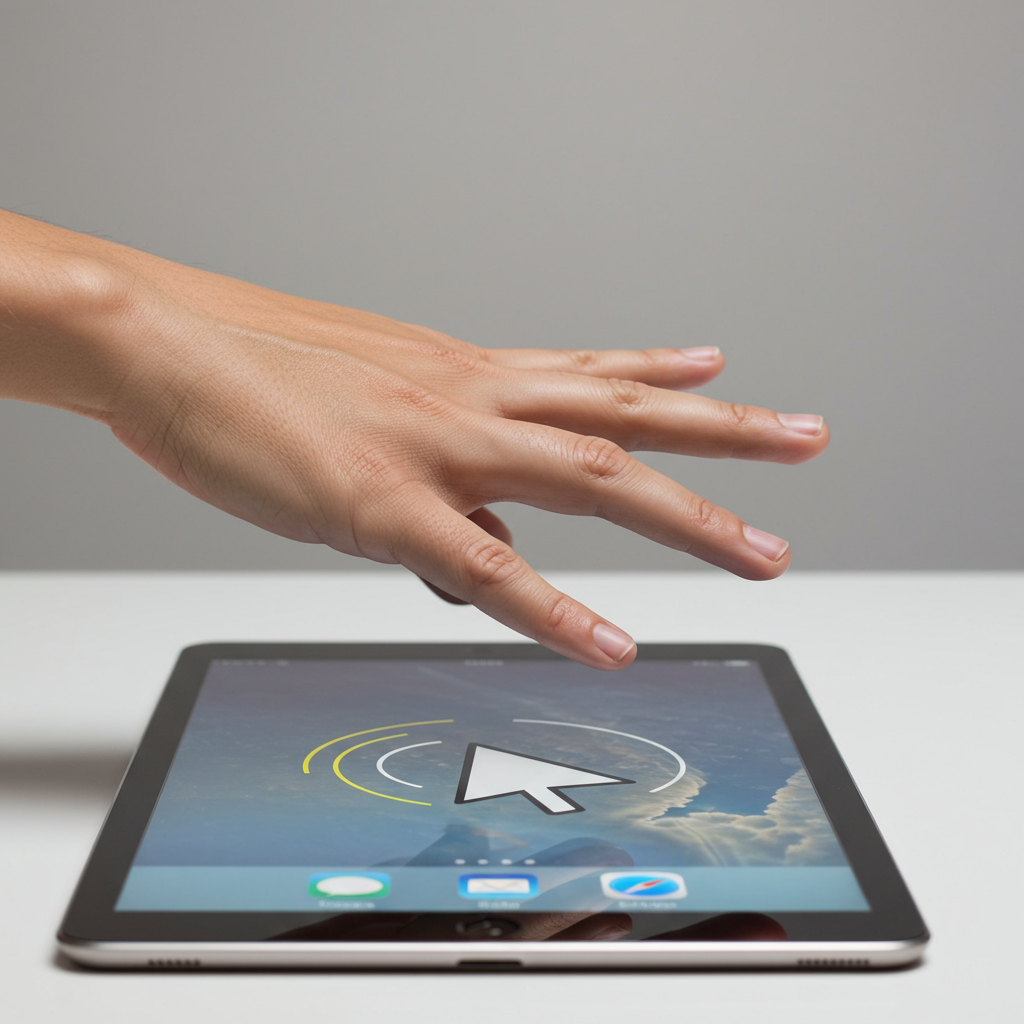apple is reportedly preparing a vast expansion of its extended reality (XR) device portfolio. According to predictions from respected supply chain analyst Ming-Chi Kuo, the tech giant has ambitious plans stretching over the next few years. This roadmap suggests a multi-pronged approach targeting different users and price points within the burgeoning XR market. Apple aims to build upon the foundation laid by the initial vision Pro headset.
Unpacking Apple’s Ambitious XR Device Pipeline
Ming-Chi Kuo’s report, based on supply chain insights, details a potential pipeline of up to seven new head-mounted wearables. This indicates a significant strategic push into the XR space. The plans include updates to existing lines and entirely new device categories.
The Vision Pro Evolution: Iteration and Future Redesign
Apple’s premium Vision Pro headset is slated for an early update. Kuo’s report points to an M5-powered version potentially arriving this year, specifically with mass production eyed for Q3 2025. This seems to be an iterative upgrade focusing primarily on the chip. The estimated shipments for this model are relatively modest, suggesting it maintains its position as a niche, high-end device. This allows Apple to refine software and manage components while preparing for future models.
A more substantial successor, potentially dubbed “Vision Pro 2,” is anticipated later. Current timelines suggest a release in the second half of 2028. This future version is expected to feature a complete redesign. It will likely be significantly lighter than the current model. A lower price point and a Mac-grade chip for enhanced performance are also rumored. This device could signal Apple’s move towards wider adoption for its premium headset line.
Introducing Vision Air: A Lighter, More Accessible Headset
Alongside the premium Vision Pro line, Apple is reportedly developing a lighter and more affordable headset. This device is potentially named “Vision Air.” Kuo predicts a target release window around Q3 2027. Sources suggest it could be over 40% lighter than the current Vision Pro. Achieving this reduced weight and cost involves key design choices. Expect materials like plastic lenses and magnesium alloys. It might also feature fewer sensors than the Vision Pro. Crucially, it’s expected to utilize a high-end iPhone chip rather than the more powerful M-series. This strategic choice likely balances performance with cost and battery efficiency. The Vision Air aims to lower the barrier to entry for Apple’s headset ecosystem.
Apple Enters the Smart glasses Arena
Apple’s XR strategy isn’t limited to headsets. Significant investment is reportedly going into smart glasses. This category targets a more casual, everyday wearable experience. Apple is aiming for mainstream success in this space.
Audio-Focused Smart Glasses: Competing in the Wearable Market
A key part of the smart glasses push involves an audio-first wearable. This device is described as similar in concept to Meta’s Ray-Ban smart glasses. Reports place its potential launch around Q2 2027. Some sources, citing Bloomberg, suggest development is accelerating for a late 2026 release. Apple is reportedly targeting large-scale manufacturing, aiming for 3 to 5 million units initially. Unlike more advanced AR glasses, these are not expected to have a display. Their functionality will focus on audio playback and capture. Expect features like photo and video recording, voice control, gesture recognition, and integration with an AI assistant like Siri. Apple is reportedly enhancing Siri for these capabilities. This device will directly compete with offerings from Meta and potentially Samsung.
The Road to Display-Equipped AR Glasses
Further out, Apple is reportedly working on more advanced XR glasses. These glasses are expected to include a color display. Kuo’s report suggests a target window of the second half of 2028 for these “true” AR glasses. They are rumored to use LCoS (Liquid Crystal on Silicon) and waveguide display technology. Advanced AI features are also anticipated. Development for a lighter variant of these AR glasses is also reportedly underway. This suggests Apple is planning different tiers even within its display glasses category. These devices represent a significant step towards more conventional-looking augmented reality wearables.
The Broader XR Strategy and Market Context
Apple’s reported roadmap shows a clear intent to offer a range of XR devices. This addresses different user needs and price sensitivities. It’s a multi-pronged approach to establishing a dominant position in future computing paradigms.
Paused Projects and Strategic Shifts
Not all rumored projects are moving forward as planned. An earlier concept for a tethered XR viewer has reportedly been paused. This device was previously rumored for a Q2 2026 launch. Kuo reports development stalled in late 2024. The reason cited is “insufficient competitive advantage.” Apple’s prototype was reportedly heavier than rival products. This highlights Apple’s focus on delivering a compelling user experience. Projects that don’t meet internal standards may be sidelined.
Navigating a Competitive Landscape
Apple isn’t alone in pursuing the XR market. The space is becoming increasingly competitive. Meta already has established smart glasses with Ray-Ban. They continue to update their hardware, adding features like 3K video recording. Google is actively developing Android-powered XR glasses. Samsung, in partnership with Google and Qualcomm, is preparing its own Android XR headset, codenamed “Project Moohan.” This headset is expected to launch relatively soon, potentially in late 2025. Samsung is also reportedly working on Android XR smart glasses. This competitive pressure from multiple fronts likely influences Apple’s own development timelines and feature prioritizations, possibly explaining the accelerated smart glasses timeline reported by Bloomberg.
What This Means for Apple’s Future
This extensive rumored roadmap paints a picture of Apple’s long-term vision. XR is clearly seen as a key area for future growth.
Targeting Different Users and Price Points
The variety of devices – from high-end Vision Pro updates to more accessible Vision Air and different types of smart glasses – shows Apple is targeting a broad market. They aren’t just focused on immersive computing professionals. They are also eyeing everyday users with simpler, more familiar form factors like glasses. This strategy could mirror the success of the Apple Watch, which brought wearables into the mainstream.
The Long-Term Vision for “Facial Computing”
Apple’s approach seems to involve evolving both headset and glasses technology. Ultimately, these different devices could potentially converge. This could lead to a seamless “facial computing” experience integrating immersion, assistance, and everyday interaction. The focus on AI in the smart glasses is a key step in this direction. It suggests the future isn’t just about displays on your face. It’s also about intelligent assistance and interaction layered onto reality.
Frequently Asked Questions
What specific Apple XR devices are rumored for release?
Reports suggest Apple plans several devices. These include an updated Vision Pro (M5 chip, 2025), a lighter/cheaper Vision Air headset (2027), audio-focused smart glasses (late 2026/2027), a significantly lighter Vision Pro 2 (2028), and display-equipped AR glasses (2028).
How will the rumored Vision Air headset differ from the current Vision Pro?
The Vision Air is expected to be substantially lighter (potentially over 40% less weight). It will also likely be cheaper. To achieve this, it may use different materials like plastic lenses and an iPhone chip instead of an M-series chip. It’s designed for greater accessibility.
How do Apple’s reported XR plans compare to competitors like Meta and Samsung?
Apple is entering a market with established players. Meta has smart glasses and VR headsets. Google is developing Android XR. Samsung is launching an Android XR headset soon (late 2025) and also planning smart glasses. Apple’s rumored extensive roadmap indicates a strong push to compete across multiple XR categories.
Apple’s reported plans are extensive and long-term. They show a clear commitment to extended reality. By offering a range of headsets and smart glasses, Apple aims to capture different parts of the market. While timelines can shift, the sheer scope of the rumored roadmap highlights XR as a crucial pillar of Apple’s future ecosystem. The company is positioning itself for a world where computing is increasingly integrated into our physical environment.
Word Count Check: 918




